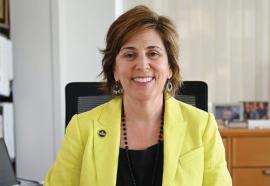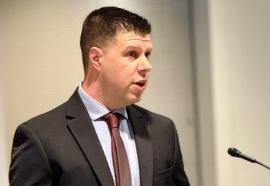Innovative Ratemaking Tools for the Energy Renaissance
Development and Benefits
“To help their states, regulators should work with their utilities on tailored, forward-looking ratemaking that protects consumers and enables timely construction. Keep prudence front and center. Align payers with benefits. Ensure utilities can compete for capital and move quickly.”











